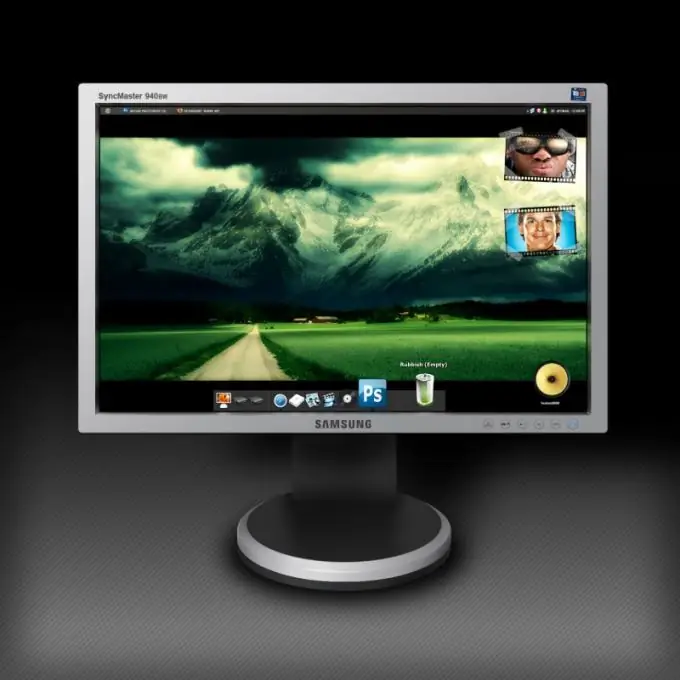The capabilities of modern computers allow you to connect more than one display to these devices. Usually the number of additional screens is limited only by the number of channels intended for video signal transmission.

Instructions
Step 1
Start by choosing a second display. In this case, you can use not only a computer monitor, but also an LCD or plasma TV. These devices are capable of delivering high image quality, which is important for many users. Computer video adapters, as a rule, are endowed with ports designed to transmit analog and digital signals. Select a display that has the correct video input port.
Step 2
Find the right cable to connect your computer's graphics card to the selected display. Additional adapters can be connected to communicate between different ports. Remember that such devices reduce image quality, so it is better to refuse to use them unless absolutely necessary. Connect the system unit to the selected display.
Step 3
Turn on your computer and wait for it to boot up. Most likely, the second display will be automatically detected by the system. If this has not happened, then open the "Connect to an external display" menu. It's located in the Appearance and Personalization menu. Click the Find button next to the graphic of the display you are using. After defining the second screen, set up both monitors to work together.
Step 4
Specify the display on which running programs will initially open. Select its graphic image and activate the Make this screen main function. If you want to use your monitors to work in sync with different applications, then select the Expand Screen option. This display collaboration scheme allows you to run multiple full-screen applications at the same time, making it easier to work with them.






